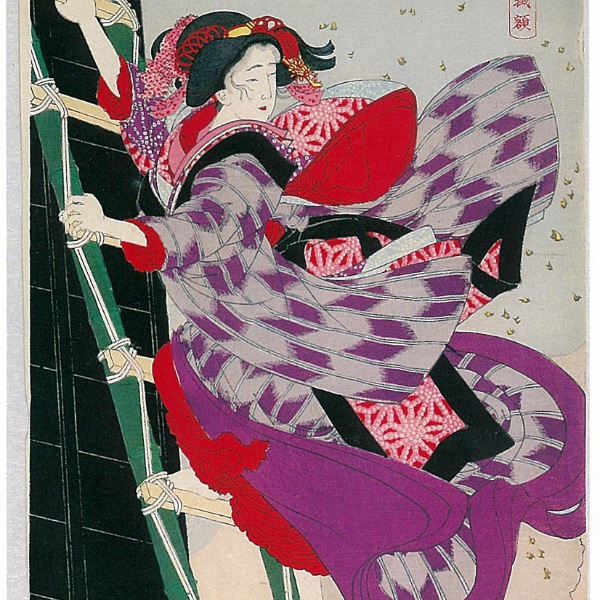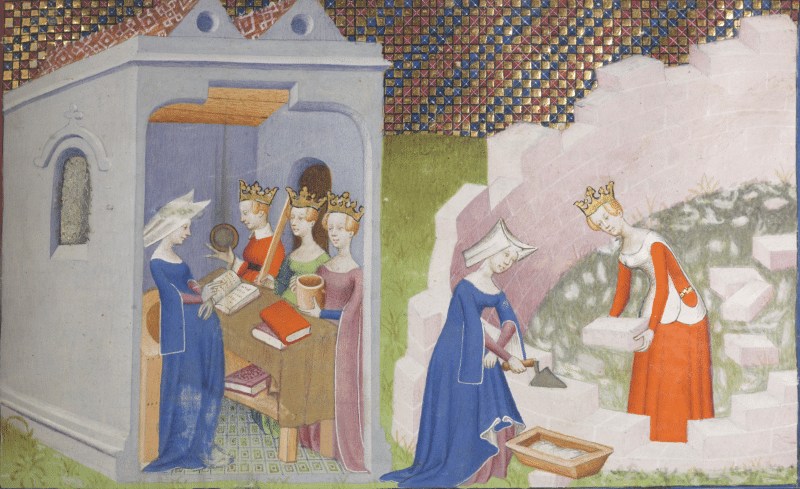
Christine de Pizan, “The Book of the City of Ladies” (Photo: © British Library)
Medieval European life was very different than life today. Thanks to the plague, there was significantly more death, monarchs held absolute sway, and everyone thought the world was flat. However, many things were much the same as today. People loved their pets, wore sentimental jewelry, and roamed many city streets that still exist. Another similarity between modern and medieval times was the critical contribution to the economy and rich social lives of women. A new exhibit at the legendary British Library, Medieval Women in their Own Words, sheds light on the dames of yesteryear who were anything but shrinking violets. The exhibit runs until March 2, 2025, in London.
“[Women's] stories were less often recorded, and because women often weren’t given the same level of education as men, [many women] couldn’t write themselves. Women’s histories are much harder to find, but they are there when you look for them,” explains Eleanor Jackson, a curator at the British Library, to Smithsonian Magazine.
However, women's stories are present in the historical record; they just take creative historians to uncover. The library's exhibit draws from its incredible collections to present 140 items from the 12th to 15th centuries, which illuminate the working, social, religious, and literary lives of women across Europe and the Mediterranean region. Through these artifacts, visitors will be able to explore centuries of labor, love, and life.
Among the treasures on view is a copy of The Book of the Queen, an early 15th-century anthology authored by Christine de Pizan. De Pizan was one of the first female professional writers. She assembled her works in this magnificent illustrated manuscript for the French queen, including many images of the stately de Pizan offering her work to the ruler. The manuscript also includes handwritten annotations by Jacquette of Luxembourg, who later owned the book. Also on display are textiles crafted by 12th-century women in Spain and a birthing girdle that would have been used during that medically dangerous experience.
The exhibit highlights the multi-dimensional nature of women's lives: public, private, and spiritual. Female poets join lady contenders for contested thrones, while others fight their enslavement or defend their keeps during wartime. Whether signed or anonymous, tangible or literary, the legacies of these medieval women form as rich a tapestry as their skilled hands could weave.
The exhibit is open for ticketed entries, and the library's themed gift shop offers ample reading for those seeking to learn more about some of the legendary women, such as the mystic writer Margery Kempe.
An exhibit at the British Library offers insight into the lives of medieval women through the works they authored and the items they left behind.
The library has drawn on its vast collections to present 140 items that illuminate the working, social, religious, and literary lives of women across medieval Europe.
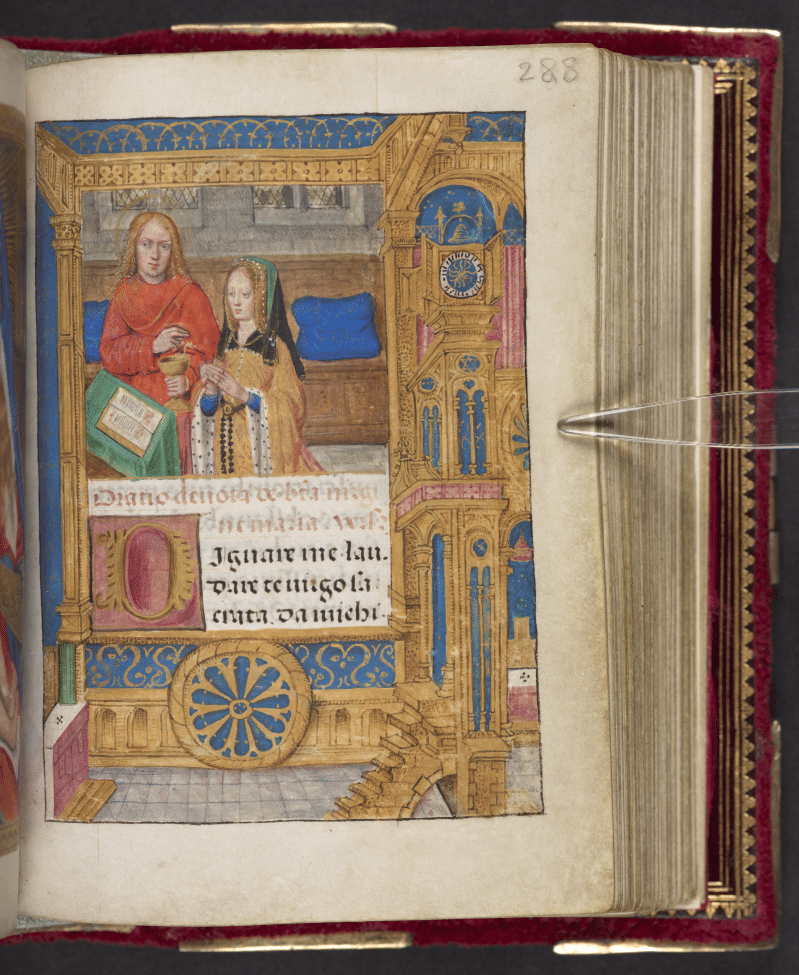
A portrait of Joanna of Castile kneeling before an open book from “Book of Hours, Use of Rome (The ‘Hours of Joanna I of Castile')” (Photo: © British Library Board)
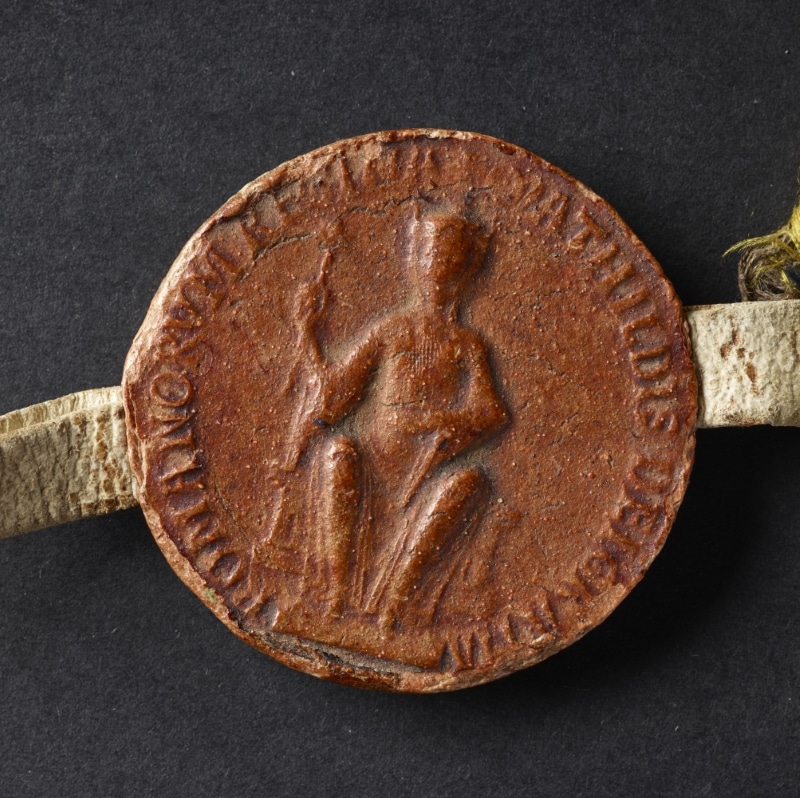
The seal of Empress Matilda (Photo: © British Library Board)
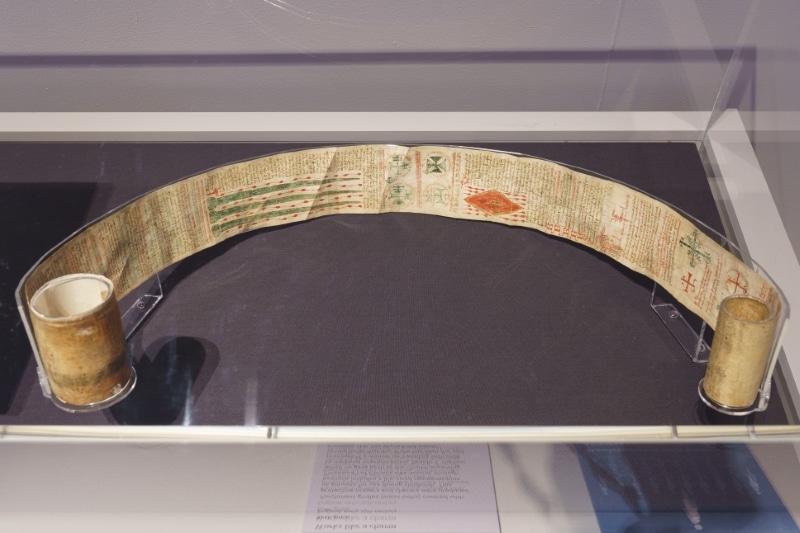
Birthing girdle, England, early 15th century, an amulet for protection during childbirth (Photo: © British Library Board)
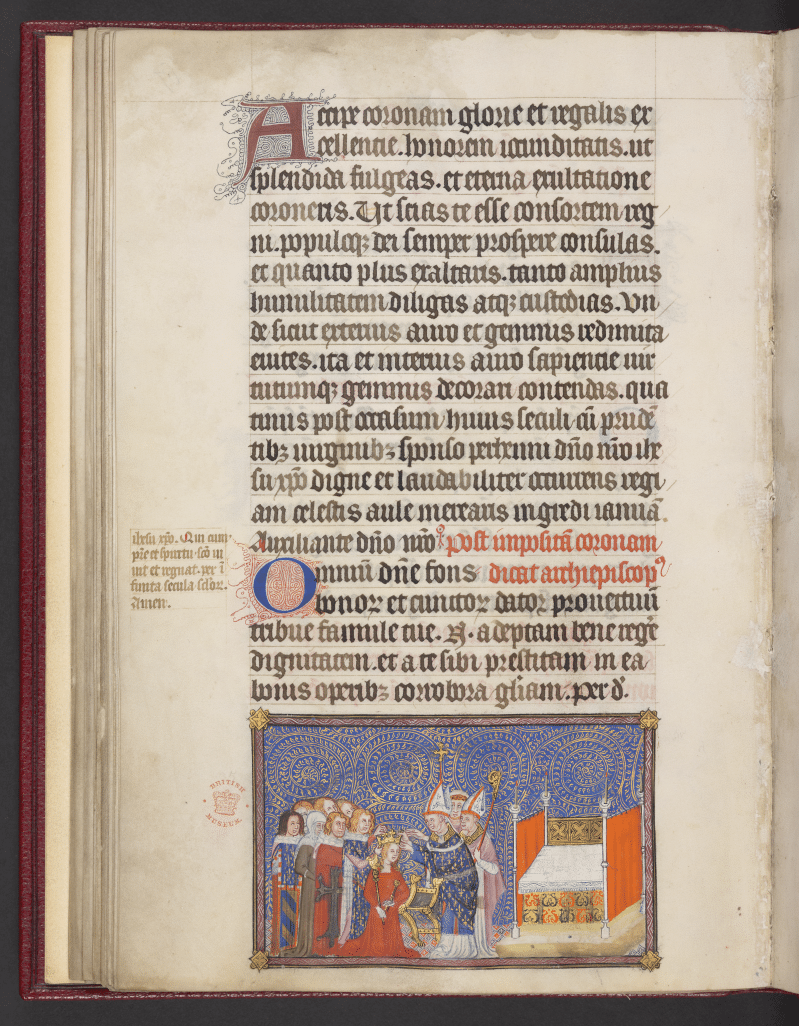
An illustration of the Coronation of Jeanne de Bourbon as Queen of France from “Coronation Book of Charles V, King of France” (Photo: © British Library Board)
h/t: [Smithsonian Magazine]
My Modern Met granted permission to feature photos by the British Library.
Related Articles:
15 Funny Medieval Illustrations of Animals Artists Had Never Seen
15th-Century Manuscript Covered in Medieval Cat’s Paw Prints and Urine
25,000 Images of Medieval Geoffrey Chaucer Manuscripts Are Now Online












































































